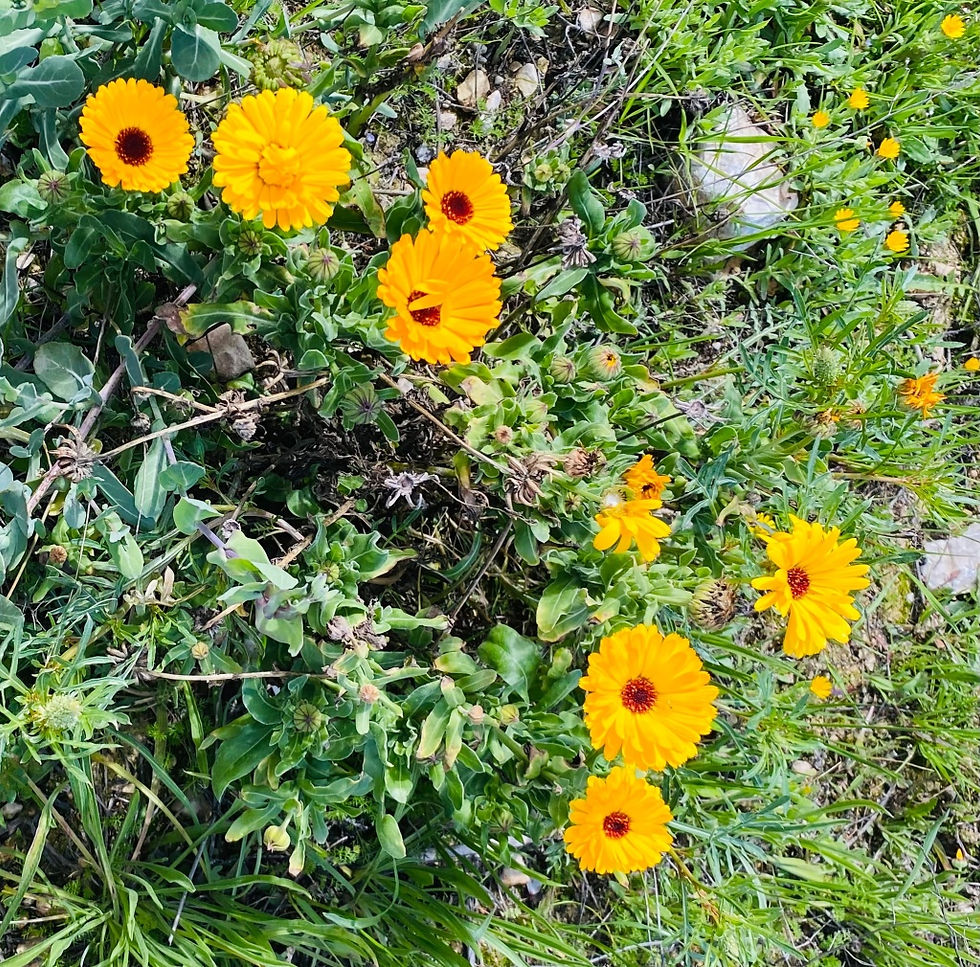FROM MOONS TO HUMANITY: A JOURNEY THROUGH THE COSMOS
- Sira Garcias

- Aug 7
- 2 min read
Updated: Sep 26
Dear all,
I hope you are well.
I recently completed a beautiful astrobiology course, and it opened my mind and heart to so many wonders of the universe. One of the most fascinating topics was moons—not just our own, but the many others scattered across our solar system.
Scientists haven’t yet confirmed any moons outside our solar system.
They believe these so-called exomoons may be too small to detect with current technology.
But what if some are actually more like exoplanets?
Just imagine the possibilities…
⸻
Enceladus: A Moon with the Ingredients for Life
One of Saturn’s moons, Enceladus, is particularly fascinating. It has all the basic ingredients for life: water, energy, and essential chemical elements.
⸻
Moons, the Sun, and the Elements Within Us
Our Moon plays a powerful role in our lives—affecting tides, moods, and natural cycles. The Sun, on the other hand, is the source of our energy and warmth. Together, they shape our world in both physical and spiritual ways.
Titan, one of Saturn’s moons, holds the second-largest volume of liquid in the solar system (after Earth).
Our Moon is icy cold, while
The Sun blazes with unimaginable heat.
But here’s something truly humbling: humans are made of the same basic elements as the Earth and stars.
We are about 65% water, and our building blocks—oxygen, carbon, hydrogen, and nitrogen—are cosmic in origin.
Elemental Composition:
• Sun: 71% hydrogen, 27% helium
• Moon: Rich in oxygen, silicon, magnesium, iron, calcium, and aluminum
⸻
Captures from the Moon’s South Pole
Here are some intriguing images I captured from the Moon’s South Pole region—an area of great scientific interest due to its shadowed craters, water ice deposits, and mysterious formations:


These kinds of patterns raise questions about lunar geology, meteorite impacts, and possibly past tectonic or cryovolcanic activity.
⸻
Timelines in Harmony
When we study the cycles and ages of the Moon, Sun, and Earth, we find they move in sync—following a rhythm that has inspired humans for millennia.
⸻
I hope this little reflection gave you something to wonder about and enjoy.
You can find more on this topic soon at Sira Alternative Medicine.
Stay curious
Sira Garcías Santamaría
(Special thanks to Chris Impey, the university of Arizona and NASA)







Comments